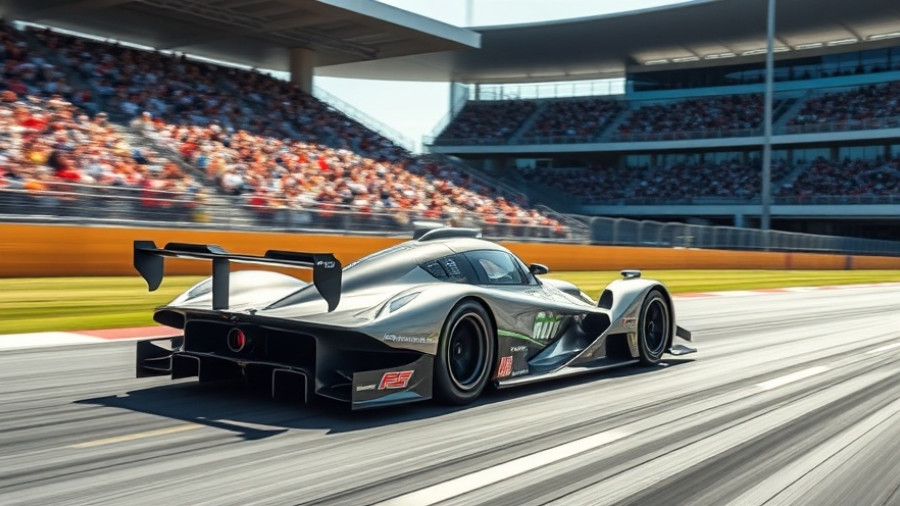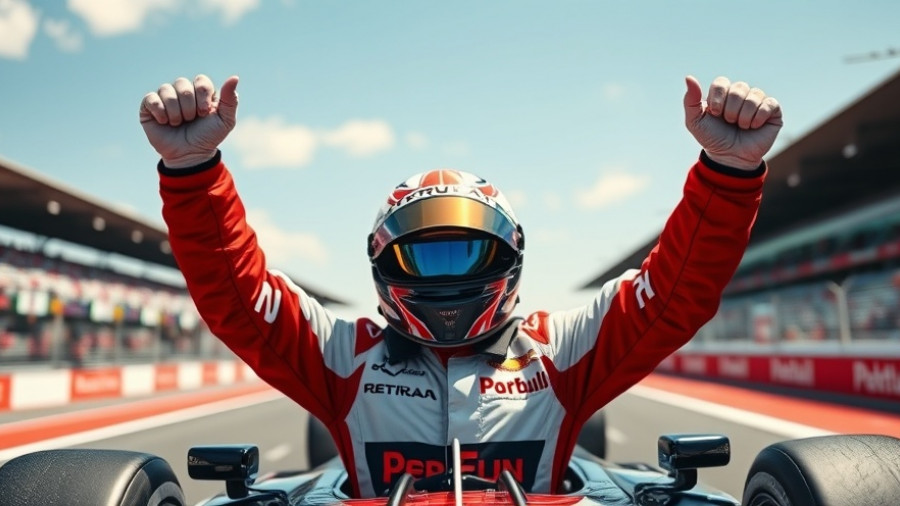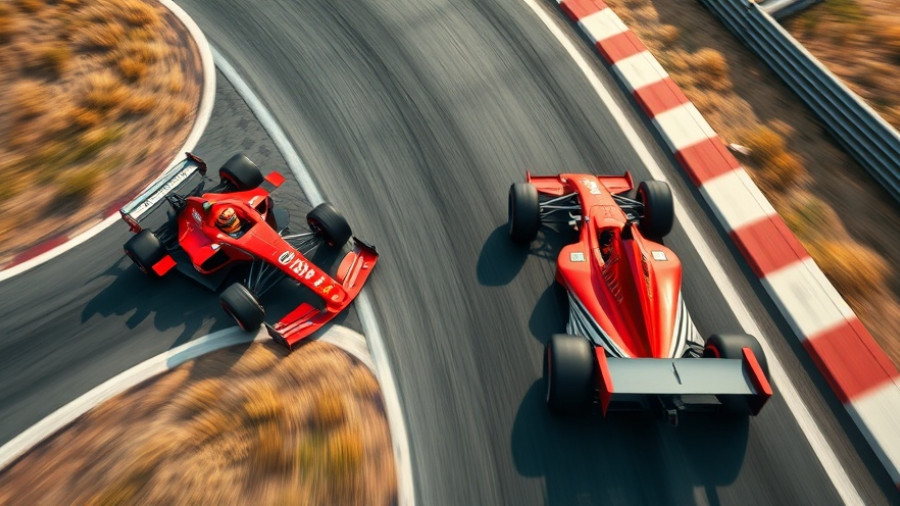
Mercedes Gains Momentum After Recent Podium Finish
In the world of Formula 1, momentum can make or break a season. Recently, Mercedes has begun to showcase signs of that momentum, as trackside engineering director Andrew Shovlin shared insights following their podium finish at the Hungarian Grand Prix. This marked their first podium since the Canadian Grand Prix, and the confidence derived from this experience is exactly what the team needs heading into the Dutch Grand Prix at Zandvoort.
Analyzing the W16's Performance Improvements
The W16, featuring an older rear suspension setup, faced challenges early during the Budapest weekend. However, George Russell's top-four start proved that adjustments were made, allowing him to secure a third-place finish. Shovlin acknowledges that Russell's fight against Lando Norris not only boosted team spirit but also hinted at the potential the car holds as they seek to optimise its performance going forward.
Future Prospects: Racing Towards Zandvoort
As the summer break approaches, Mercedes' goal is centered on refining the W16 for the remaining ten races of the season. The team is not just aiming to improve but is also engaged in a competitive battle for second place in the Constructors’ Championship. With each upcoming race, the pressure to excel tightens, and Shovlin emphasizes the importance of translating their learnings from Hungary into tangible racing results.
Aspirations and Challenges Ahead
The road ahead is filled with challenges as Mercedes prepares to return post-shutdown. Shovlin mentioned the “confidence-building weekend” and how vital it is to not only build on this but to also address the technical issues faced, particularly with their other driver Andrea Kimi Antonelli, who struggled amidst a crowded field. His ability to salvage a point in tenth place reflects the team's resilience, but further improvements are critical.
Implications for Fans and Enthusiasts
For fans and car enthusiasts, Mercedes' journey is a testament to adaptation in high-stakes environments. The automotive industry often sees similar themes—where innovation and optimization are constantly pursued to remain competitive. Understanding the engineering intricacies of F1 vehicles such as the W16 provides valuable insights into performance tuning in high-end and sports cars.
As Mercedes gears up for Zandvoort, the anticipation grows not only among die-hard fans but also in the broader automotive community. Observers should pay close attention to how the team's strategic adjustments may influence not merely race results but also the future of high-performance automotive engineering.
 Add Row
Add Row  Add
Add 




Write A Comment